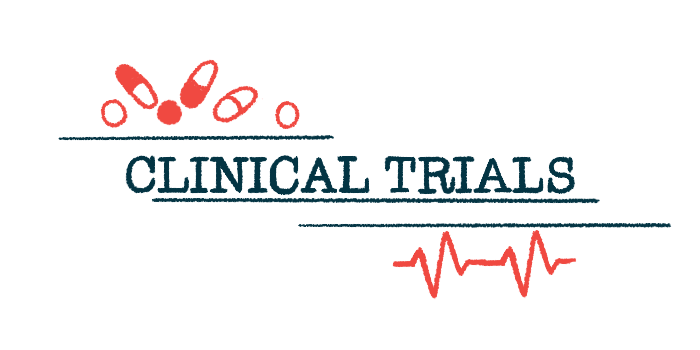Trevi launches Phase 2b trial of Haduvio for chronic cough
CORAL trial plans to enroll about 160 adults with IPF and chronic cough
Written by |

Trevi Therapeutics has launched a Phase 2b clinical trial testing therapeutic candidate Haduvio (nalbuphine extended-release tablets) for the treatment of chronic cough in people with idiopathic pulmonary fibrosis (IPF).
The Phase 2b trial, CORAL (NCT05964335), plans to enroll about 160 adults with IPF and chronic cough. No study sites have been listed, but those interested in participating in the trial can contact Trevi by email.
The launch of CORAL follows positive findings from a Phase 2a trial called CANAL (NCT04030026), where Haduvio-treated patients experienced significant reductions in daytime cough frequency.
“We are thrilled to continue our development of Haduvio in IPF chronic cough patients building on the positive results from our Phase 2a CANAL trial,” David Clark, MD, chief medical officer at Trevi, said in a press release.
IPF is a chronic lung disease of unknown origin marked by inflammation and scar tissue buildup (fibrosis) that affects lung function and breathing. Chronic cough is among the most common respiratory symptoms patients experience.
“Chronic cough impacts up to 85% of IPF patients and is often one of the first signs of the disease,” Clark said. “This cough is often reported by patients as one of the most bothersome aspects of IPF.”
IPF is treated with anti-fibrotic medications, but these are not always effective at alleviating chronic cough, according to Clark. There are no treatments specifically approved to address this symptom.
Haduvio is an oral formulation of nalbuphine, a compound that alters the activity of two protein receptors involved in the nerve-signaling pathways that mediate coughing. This dual mechanism targets nerves in the brain and spinal cord (central nerves), as well as those responsible for transmitting information between the brain and the rest of the body (peripheral nerves).
These receptors also are involved in a number of other sensory perceptions. An injectable version of nalbuphine has long been used to treat pain.
Haduvio may help coughing from other causes
Trevi believes that by targeting these proteins, Haduvio will be able to suppress chronic cough in people with IPF, as well as chronic cough due to certain other causes, regardless of whether the cough originates in the periphery (e.g., the lungs) or in the brain.
The company was granted a patent earlier this year covering the use of Haduvio to treat IPF.
“Haduvio has the potential to reduce cough and improve quality of life through its novel mechanism of action, which affects both central brain and peripheral lung targets,” Clark said.
The CANAL trial enrolled 41 people with IPF-related cough, who were assigned to receive Haduvio or a placebo for 22 days. That was followed by a washout period and another 22-day treatment period where participants originally assigned to placebo received Haduvio, and vice versa.
Data showed that Haduvio led to a statistically significant 75.1% reduction in daytime cough frequency — a 52.5% greater reduction than that observed with a placebo. Common side effects included digestive issues (e.g., nausea, constipation, or vomiting) and neurological issues such as fatigue, dizziness, or sleepiness.
In CORAL, participants with IPF-related cough will be assigned randomly to receive one of three oral doses of Haduvio (27, 54, or 108 mg), or a placebo, twice daily for six weeks. The dose of Haduvio will be titrated up to its target dose over the first two weeks. After that, patients will receive that dose for four more weeks.
CORAL trial’s main goal
The study’s main goal is to evaluate changes in 24-hour cough frequency with Haduvio after six weeks compared with placebo. Secondary goals will include a number of patient-reported outcomes related to cough, breathlessness, and life quality.
When about 50% of participants are able to be evaluated for the study’s primary goal, an analysis will be conducted to determine if the target sample size of 160 people is sufficient. That analysis is expected to occur in the second half of 2024, with top-line trial data anticipated in the first half of 2025 if no sample size adjustments are needed.







